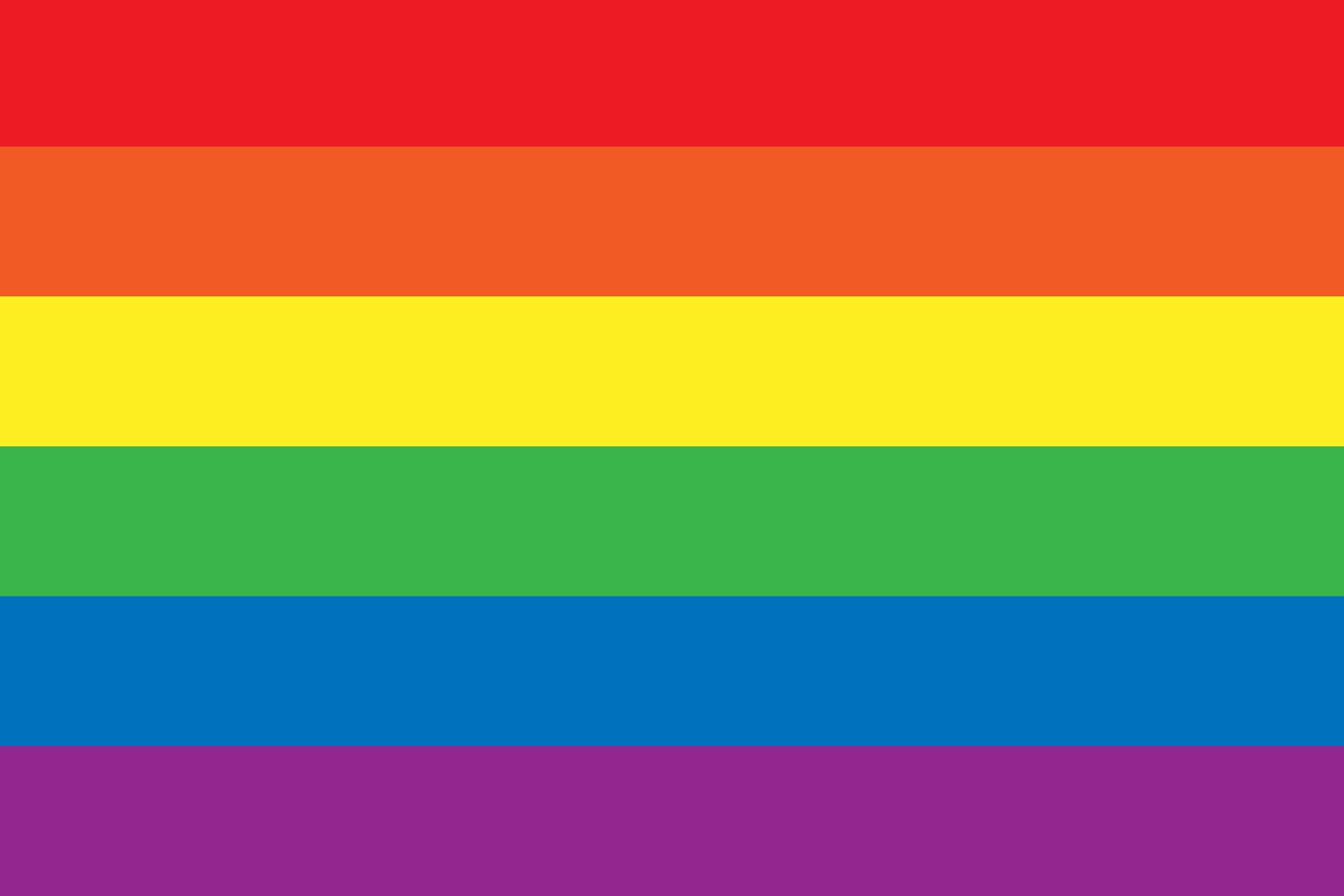
Whether or not an institution markets itself as a Pride campus, student record keepers are likely to be faced with questions from the LGBT population that they haven’t heard before.
“From an infrastructure standpoint and from a marketing and outreach standpoint, there are a lot of issues that many higher education professionals haven’t yet considered,” said Jack Miner, Director of Operations, Office of the University Registrar at The Ohio State University. “But as the years go on and LGBT students grow as a population, certain questions are becoming more common.”
These questions can revolve around the practice of recording and reporting preferred names and gender markers, gender-neutral housing, LGBT scholarships, and other student services and infrastructure issues.
“For example, some institutions are setting the standard for letting students identify a preferred name or a preferred pronoun. How do you accommodate a preferred name in an environment where we only allow a legal document, and the student’s preference is different from that document?” said Joseph Salomone, PhD, Executive Director and University Registrar at Drexel University.
“This isn’t only an LGBT issue—it can affect international students who have a preferred name, as well," Salomone said. "It’s an issue of inclusivity.”
Considering these issues helps build a more diverse campus—not just for LGBT students, but for all students—by embracing a culture of inclusivity.
A scan of the environment: Mind the gaps
Recently, institutions have seen a big increase in the demand for services for LGBT students, but many higher education professionals aren't sure how to handle these requests.
“It’s important to know what other institutions are doing,” Salomone said. “What is the standard? What are the gaps at our institution? What can we do better? Where can we start? It doesn’t have to be revolutionary—a small change is really a big change for students within these populations.”
For example, OSU asks sexual orientation as part of the admissions process.
“It’s part of our effort to be inclusive, and to be able to track and report,” Miner said. “Looking at different aspects of identity helps you create a more diverse class. We were also an early adopter and big advocate for preferred names.
And the University of Vermont has been a leader in using preferred pronouns.
“They let students identify what pronoun they prefer—it’s a free form. It doesn’t have to be binary,” Miner said. “It’s part of the advising system and prints on class rosters, so when you walk into a classroom or adviser’s office, you can expect that’s how you’ll be addressed.”
Where does your institution stand?
One way to join the conversation is to attend the "Best Practices in LGBT Record Management" session at AACRAO’s 2016 Annual Meeting in March. The session gives records-keepers the chance to learn what other institutions are doing and consider what might work at their own institutions.
“The session is often the first time people have thought about these issues,” Miner said. "Over the years, we’ve gathered up information about what different institutions are doing and have created a toolkit. It’s a snapshot of what’s happening nationally and what has worked well.”
“The LGBT community is just one of many minority communities, and there are common issues across all of the AACRAO caucuses,” Salomone said. “As chair of the AACRAO LGBTQA caucus, I like to see presentations like this one that helps to build on common themes; themes that work toward creating and sustaining an inclusive environment. There’s strength in numbers.”
Visit the annual meeting website to learn more about what you can learn at AACRAO's 2016 Annual Meeting, March 20-23 in Phoenix, Arizona.